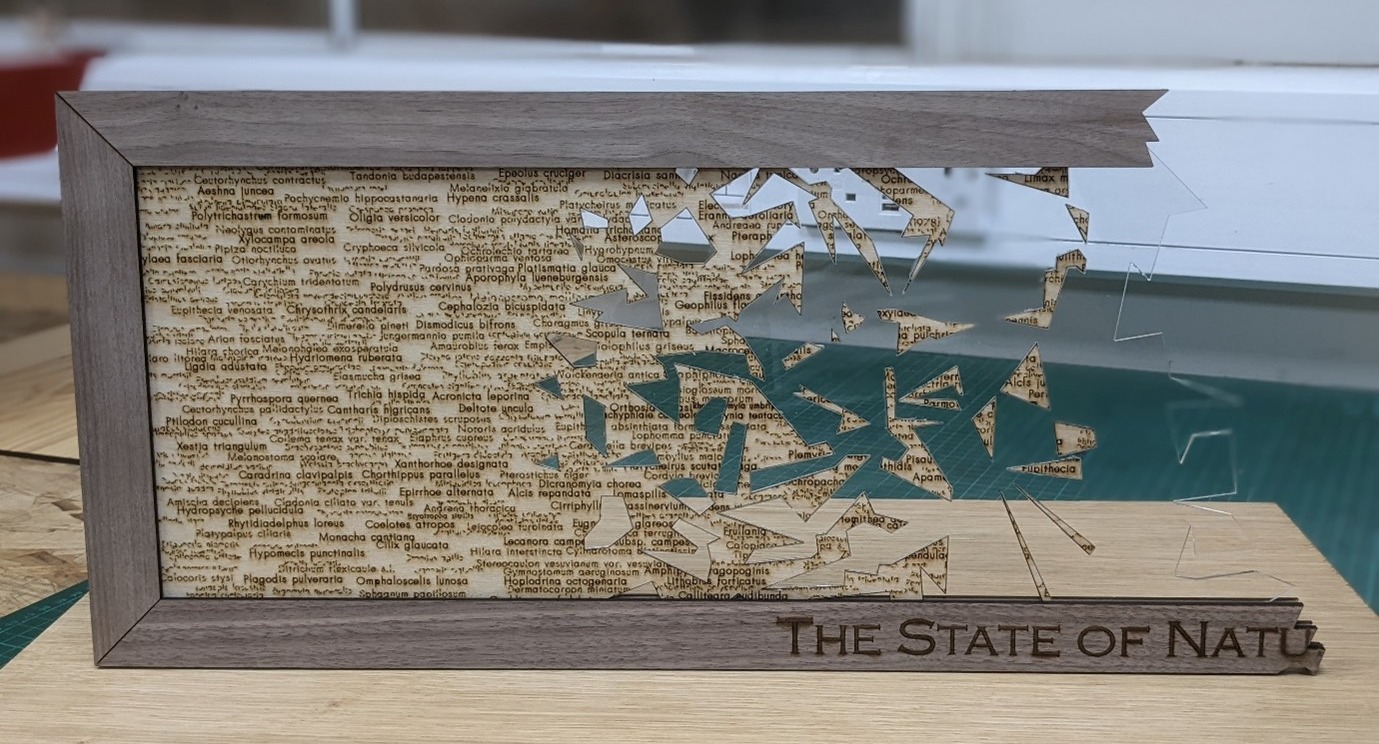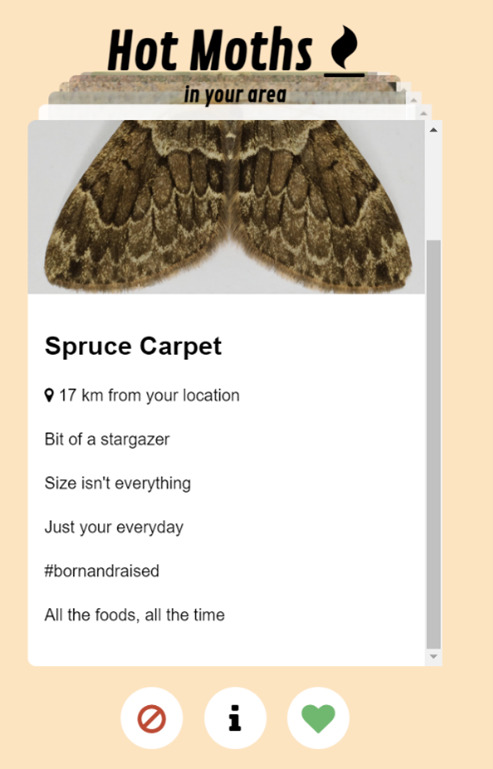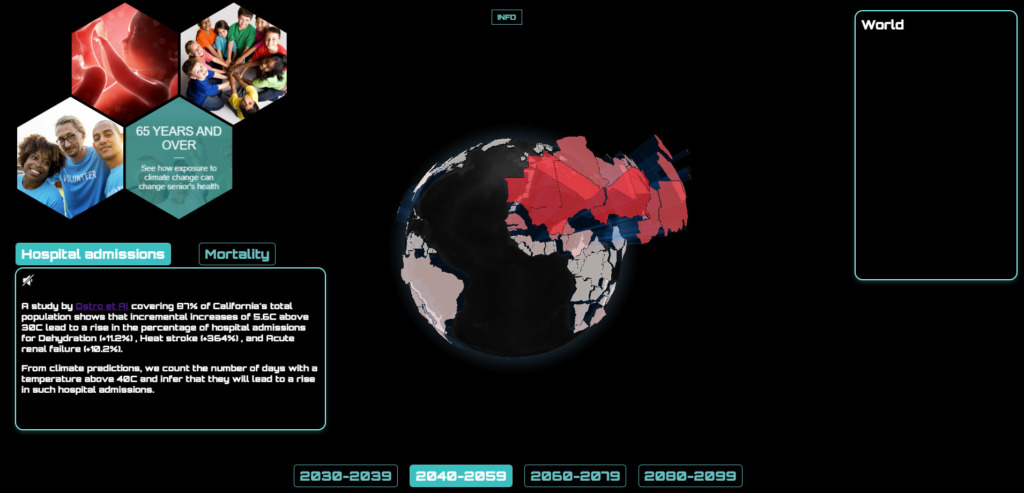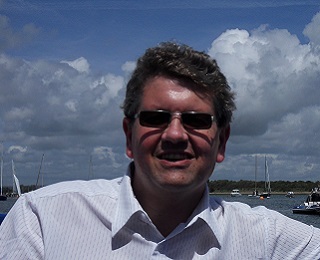#CDE22 – Hackathon Triumph for Biodiversity Sculpture
19/07/2022

We have just completed running for NERC their first ‘Constructing a Digital Environment’ (CDE) conference ‘#CDE22’, hosted at the University of Birmingham from 10-12 July 2022. A hackathon was run in parallel with the conference on the theme of “Bridging data sciences and the public with art” with the aim of turning environment data into an art form.
We are delighted to report that Dr Tom August has been declared winner following a unanimous judges’ decision and is awarded the top prize of £3,000. His artwork, An Incomplete Picture explores the biodiversity crisis in the UK based on the data in NERC’s EIDC, highlighting the limitations of that data that mean “that our estimates of the species’ trends is very uncertain, and for other species we have no data at all, we simply don’t know what is happening to them.” Tom manipulated the statistical data into word clouds that were engraved onto birch plywood with clarity of the words signifying uncertainty and with gaps of clear acrylic indicating missing data, all enclosed in an incomplete walnut veneer frame.
The judges, Prof. Albert Chen, Prof. Stephen Hallett, Prof. Keiichi Nakata, Prof. Iseult Lynch, Emma Bee and Carl Watson all felt that Tom had clearly demonstrated a clever idea for communicating scientific information with the public via an inspiring art piece, and fully merited the first prize.
The Hackathon, run by Prof. Albert Chen and Barry Evans of Exeter University, commenced at 3pm on Sunday 10th July and ran until the end of the conference on Tuesday 12 July. Unusually a hybrid format was attempted, with a small number of participants engaged in the room, but the majority participated remotely. The aspiration for more in-person participants was perhaps thwarted by the Sunday start, the hot weather and various travel disruptions. The 17 participants eventually resulted in 5 high quality team and individual submissions, that have been judged over the last week.


The runner up, winning a prize of £1,500, was Hot Moths! by Simon Rolph and Matt Brown, a piece of art that helps users appreciate the diversity in an underappreciated taxonomic group.
Third place, with a prize of £500, was awarded to Exposome: showing how climate change impacts global health by Mehdi Khoury, Alex Chatzistefanou and Gordon Rates. They provided a very informative visualisation website allowing users to learn the climate change impact on human health.
The remaining two entries were Microplastics by Shreya Badchariya – a poem and infographic to highlight the microplastics issue in River Thames – and EstuaRisk by Chien Nguyen, which offered an interactive web map to inform the public about flood risk.
Most entrants were able to participate in a 5-minute “show and tell” session in front of the #CDE22 conference audience in their final session on Tuesday afternoon, which was greatly enjoyed by all. Delegates were impressed by how much had been achieved in just 48 hours. We are grateful for those who took time out to do this in the last hours before the submission deadline!
Our Twitter posts of the hackathon events went out tagged #CDE22.
Categories & Tags:
Leave a comment on this post:
You might also like…
Preparing your work for Turnitin submission
Before submitting your work into Turnitin for similarity checking, if you have used referencing software then you may need to take some important steps first. Mendeley and Zotero integrate with MS Word by embedding field ...
The fast track to supercar engineering: My Cranfield journey
It’s been a dream come true to work on some of the world’s most prestigious supercars – the Aston Martin Valhalla, McLaren 750 & Artura, the GMA T.33. But every successful ...
Automotive Engineering: From student to hypercar innovation at Rimac
We sat down with recent graduate Thomas Perrin, to discuss how his year on the MSc in Automotive Engineering at Cranfield University propelled him from the lecture hall directly into the ...
What this year at Cranfield really meant to me
Every Cranfield journey is unique. In this alumni reflection, Zachea Scicluna shares what her year at Cranfield truly meant, from facing uncertainty to gaining hands-on experience in industry-backed projects. I’ve been reflecting (and delaying) ...
Preparing for assignments and exams?
Sorry! We know it seems a bit mean to mention the exams in January rather than looking forward to the break before it! However, we know many of you will be thinking about your forthcoming ...
Screening for FTSE 100 companies on Bloomberg
So you’re researching an index and need some data on its constituent companies? Bloomberg’s Equity Screening tool makes light work of this, not just for the FTSE, but for indices, exchanges and sectors worldwide. Type EQS ...







